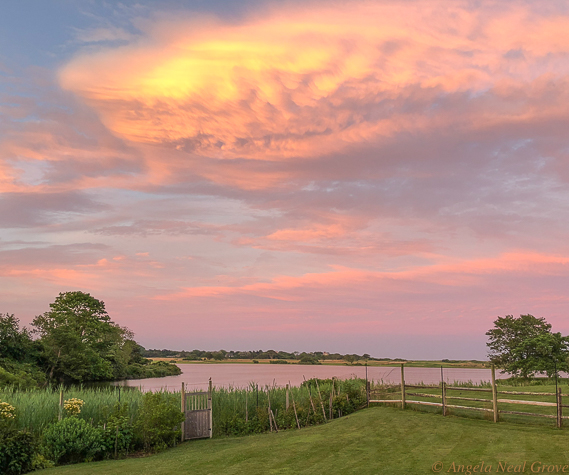
Fireflies, Artists and Flowers
Was it the sunsets or the luminescent fireflies dancing on the lawn by Hook Pond that made my East Hampton retreat so memorable?
Or was it finding a patch of iris, similar to those painted by Childe Hassam in 1909? Iris which Hassam immortalized in The Water Garden, a painting which mesmerized me in the Metropolitan Museum of Art.
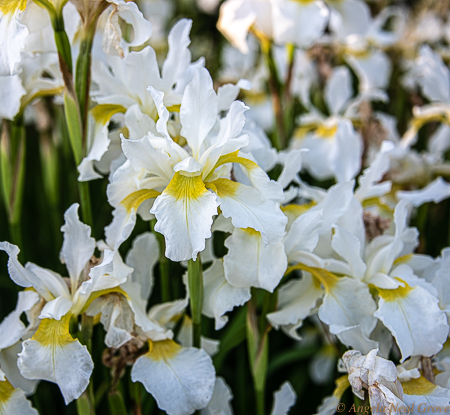
Perhaps I was simply drawn by the natural beauty and iridescent light that has attracted artists, including Winslow Homer, to the sandy dune-lined tip of Long Island.
Drawn to this place where tawny reed-fringed marshes and ponds reflect the light in a unique way. A place where blue herons dip into the water and plovers nest in the dunes.
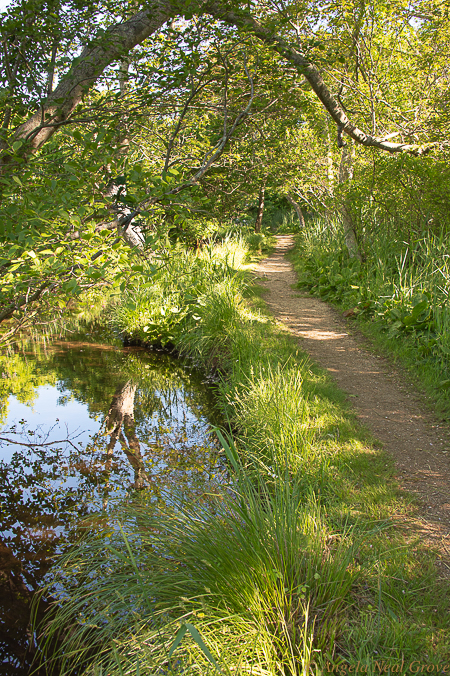
Pollock, Krasner and de Kooning
Not only is East Hampton naturally stunning it is also a refuge, as it was for Jackson Pollock and Lee Krasner. They moved from New York to a simple wood-frame house at Springs on Accobonac Creek. One of their favorite morning walks was to the beach and to Louse Point. They collected shells and drift wood. Pollock and Krasner considered nature essential inspiration.
William de Kooning and his wife Elaine stayed with Pollock and Krasner and also fell in love with the sky, water and light. They eventually bought their own house in 1963. That was the year De Kooning painted Rosy Fingered Dawn at Louse Point which now hangs in the Stedelijk Museum Amsterdam.
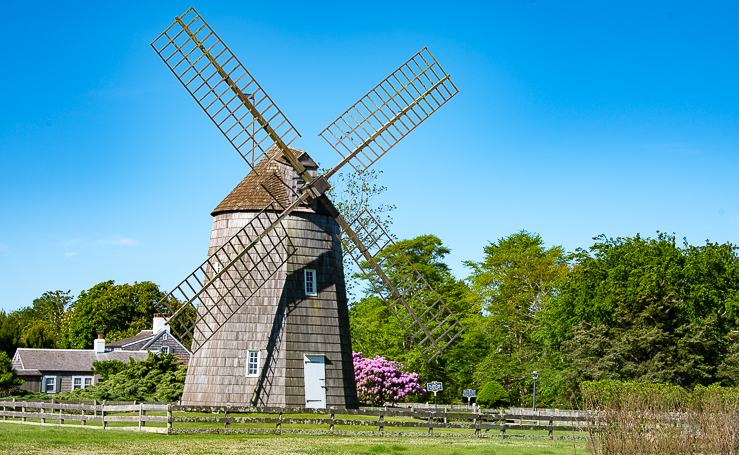
Colonists, Windmills and Whalers
When English colonists arrived in 1640 they created a settlement, their refuge, near Hook Pond. They called it Maidstone, after the town in Kent, England, according to historian Robert J. Hefner in the History of East Hampton.
These settlers farmed, raised cattle and livestock. They grew grain and built windmills to create power for grinding. They fished in the shallow waters and lagoons.
Occasionally a whale would wash up on the shore providing food and essential oil. Soon whaling became an important industry and whale oil was East Hampton’s major export.
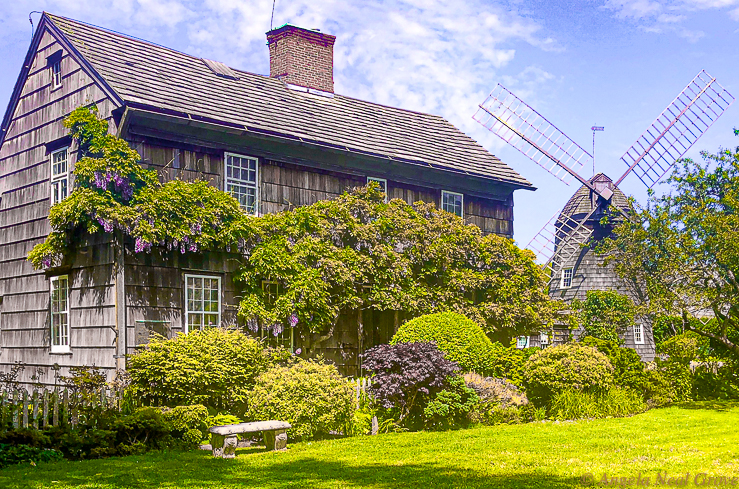
Beginning of East Hampton as a Resort
Following the civil war, as the agricultural economy declined, East Hampton was reinvented as a summer resort. With the extension of the Long Island Railroad to Bridgehampton in 1870, it was accessible to New Yorkers.
The Long Island Railroad financed a trip for member artists of New York’s Tile Club, including Winslow Homer. The artists supplied promotional material for the railroad which helped establish East Hampton as a charming destination and refuge from the city.

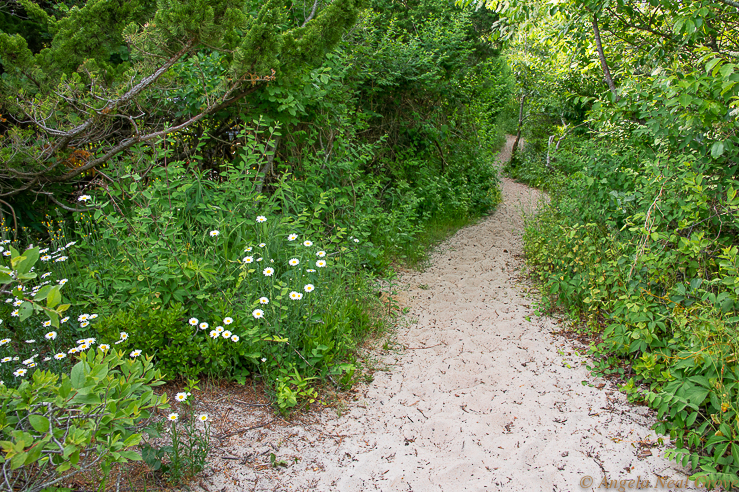
East Hampton Retreat
Today East Hampton is indeed one of the most charming destinations to spend a summer holiday, as I discovered.
Tall shady elm trees, painted by Childe Hassam, line Main Street. By James Lane the road divides around a long narrow iris fringed duck pond surrounded by pink flowering horse chestnut trees.
Windmills stand sentinel but heavy millstones are still. Flowers surround historic wood framed shingled homes. These are reminders of a former East Hampton.
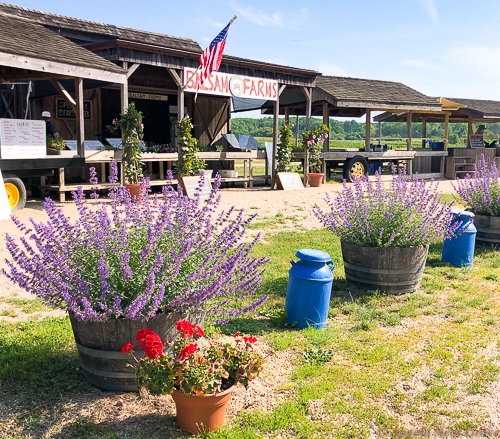
Today summer visitors bicycle to the shore and picnic on the same beach Winslow Homer painted. Fresh produce, golden corn and gleaming squash, grown in the fertile fields, is sold at farm stands. Iacono farms is the place for fresh eggs, its where the Barefoot Contessa gets hers. And nowhere is fish fresher than at Stuarts. This is the place for lobsters, little neck clams and soft shell crabs to eat when the sun sets.
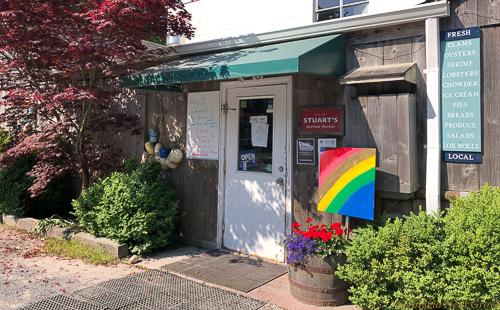
Homes Behind the Privets
Beyond the village and hidden from view behind tall thick hedges are the storied East Hampton Houses. They maybe hidden from the street, but for a glimpse, pick up a copy of Behind the Privets.
With a text by Richard Barons, curator of the East Hampton Historical Society, in this book you can see, visit and go inside twenty-five of the most classic homes in East Hampton.
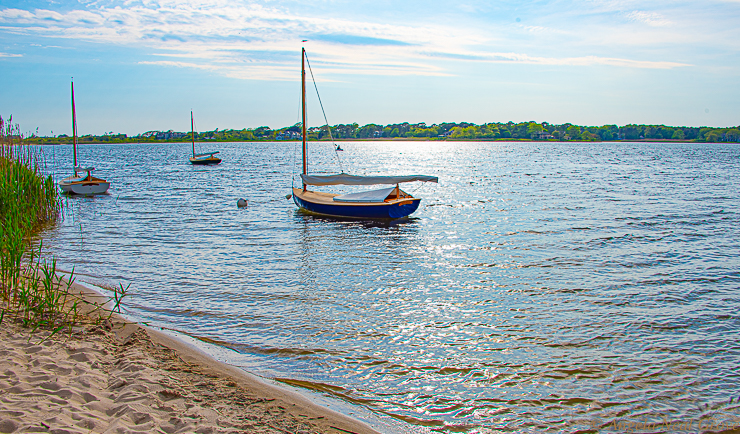
One of the most iconic homes featured overlooks Gorgica Pond. This property now includes Anne Boleyn’s Kentish granary, complete with its 500 year old beams. It was shipped from England in 1980 and reassembled here. The granary stood across the moat from Sir Thomas Boleyn’s Hever Castle in Kent, England.
Hever Castle is a mere 43 minutes from Maidstone in Kent, after which East Hampton was originally named. Some things in life come full circle in an East Hampton Retreat.
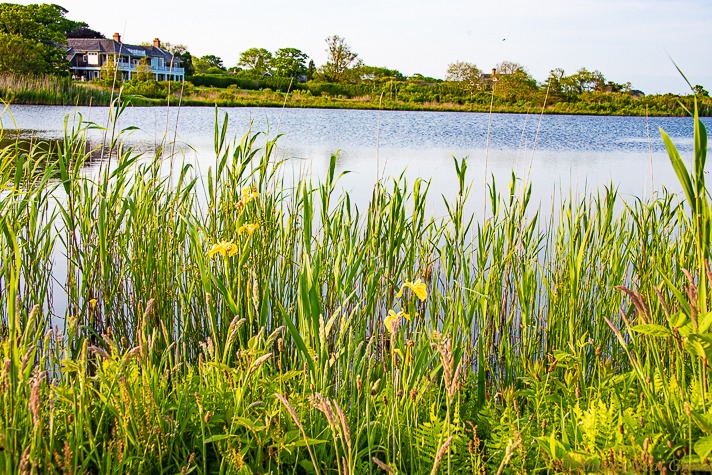
For the latest news, times of museum openings, places to stay and gardens to visit read or subscribe to the East Hampton Star
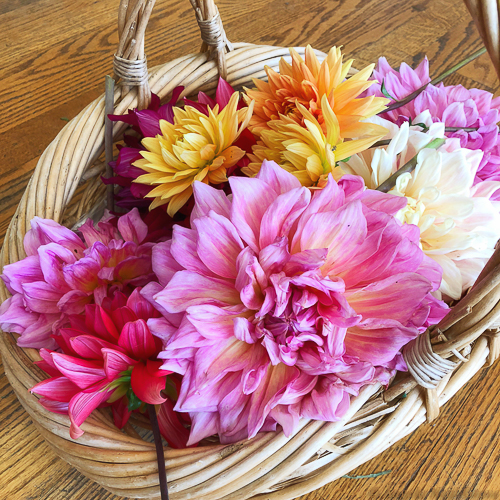
Ah! What a beautiful, refreshing place. Your photographs made me want to just soak it in on a nice leisurely walk or bike ride and breathe!
Thank you!
I can’t wait to return! I want to go to the beach that pollock and krasner loved! also some more yummy seafood!